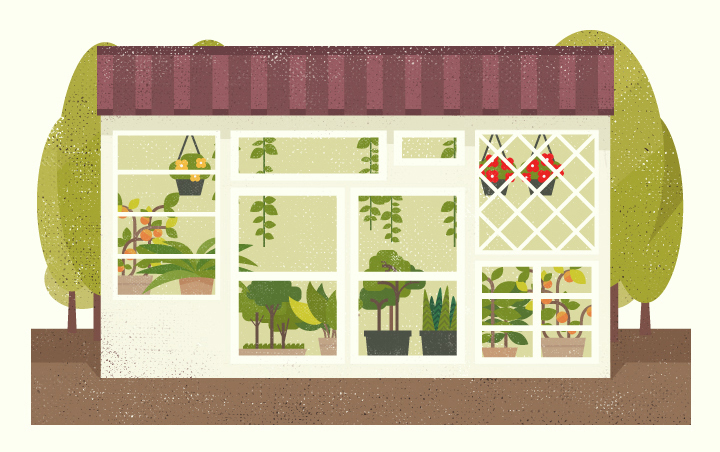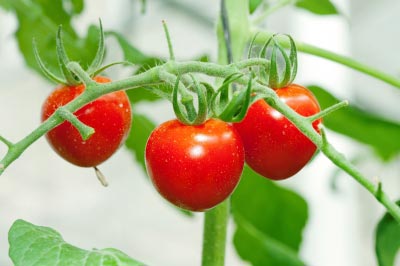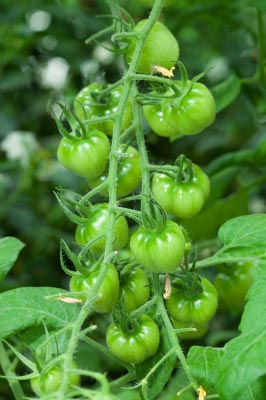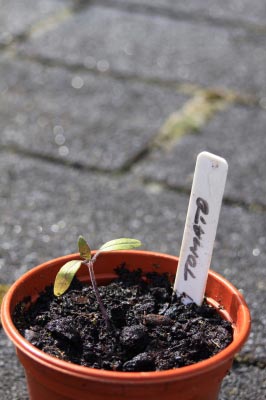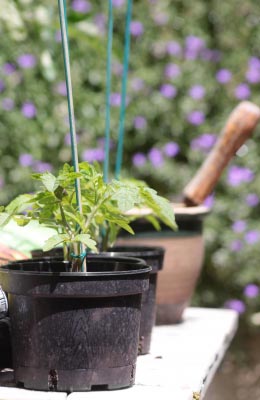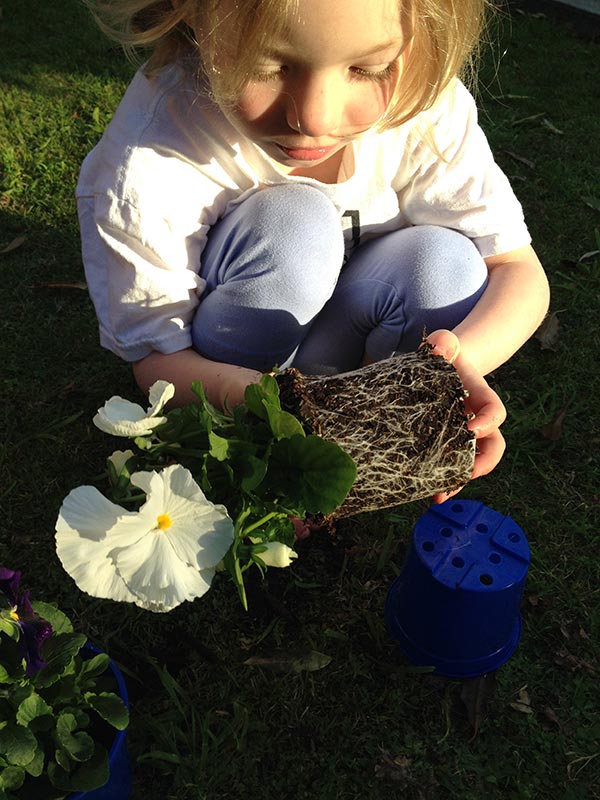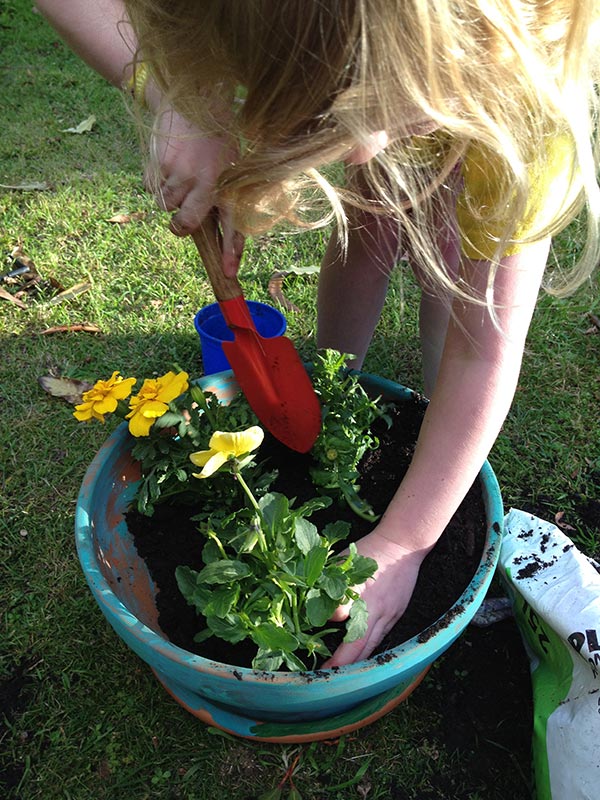Have you wanted to create your own greenhouse? Not sure how? Well these tips and ideas from Custom Made will help you make your greenhouse a reality.
A couple of good reasons to have greenhouse are:
- It might get too cold to grow certain types of plants. If you have a greenhouse it will allow temperature control to allow you to grow plants that would die if it got frost or too cold.
- Allow you to grow seeds and young plants. It is always sad and annoying when you try and establish a plant and it dies for a number of reasons, the temperatures outside were too much for it, or you went on holiday and it got neglected. Having a greenhouse will let the young seedlings and plants thrive to then relocate in the garden or you can keep in your greenhouse.
- Having a controlled environment helps kids learn more about gardening. As said in point two, if your seedlings die it might discourage the kids. Seeing the plants grow from strength to strength will help foster the love of gardening and children will want to do more and more.
What do you need to create your own greenhouse?
- Flat head shovel, rake
- Pressure-treated boards for base frame
- Landscape fabric
- Landscape staples
- Heavy duty staples
- Pea gravel
The great infographic from Custom Made shows you the steps to create your own greenhouse. Don’t forget to have the right garden tools for the kids. Once the your greenhouse is up and running the kids will want to get busy planting. Our Little Green Fingers Gardening Tool Set is just right for little hands and will be the perfect addition to your brand new greenhouse!
Greenhouse Dreams
Infographic by CustomMade
We hope you have fun creating your own greenhouse and your plants love it too! Let us know how it goes and what you plant in your greenhouse.


